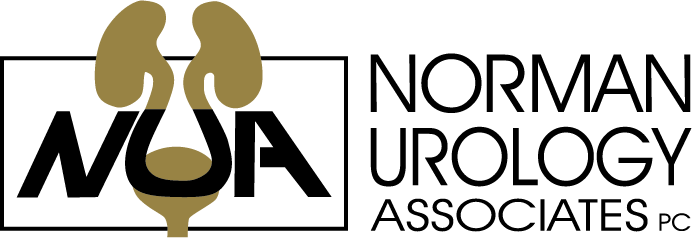9 Common Outpatient Procedures Your Urologist Might Recommend
There are many different reasons for an individual to see a urologist. From uncovering problems with incontinence to seeking answers about recurring UTIs, urologists offer a wide array of services. Established in 1987, Norman Urology Associates is committed to giving men, women, and children the best care possible. Utilizing the most recent diagnostic procedures and therapeutic strategies, we are dedicated to the early diagnosis, effective treatment, and prevention of urologic illnesses. Some of the most common outpatient procedures your urologist might recommend are outlined in this article.
1. Vasectomies
Many men undergo this popular urological surgery. The American Urological Association estimates that 500,000 men in the US undergo vasectomies annually. A vasectomy is a surgical technique used for long-term male birth control. The vas deferens, which transports sperm from the testicles, is cut and sealed during the surgery to stop the flow of sperm to the semen. It is a short, minimally-invasive outpatient procedure usually completed within 30 minutes.
2. Vasectomy Reversals
A vasectomy can be reversed if a man who has previously had one decides he wants to attempt having children once again. However, the man is not guaranteed to be able to conceive again despite the vasectomy being reversed, as the successful reversal depends on several things. The vas deferens is repaired using microsurgery to allow for sperm to travel to the semen again.
3. Cystoscopy
A urologist can check the lining of the bladder and the urethra by performing a cystoscopy, which is another common urology procedure. In a cystoscopy, the urethra is used to implant a cystoscope, which is then directed to the bladder. A long, thin tube with a light and camera at the end makes up the cystoscope. This method is frequently employed to identify and treat bladder problems. It can also be used to determine whether the prostate is enlarged.
4. Prostate Procedures
A urologist might recommend a number of procedures to treat issues with the prostate, including:
Prostate biopsy: A procedure to remove samples of tissue from the prostate for examination in a lab.
UroLift: A minimally invasive procedure done in-office to treat mild to moderate prostate enlargement.
5. Ureteroscopy
Kidney stones are diagnosed and treated via ureteroscopy. A ureteroscope is a specialized tool guided via the urethra, bladder, and up the ureter to the kidney stone's location. It is a long, thin tube with a light and camera. Larger stones need to be broken up, while smaller stones can be taken whole.
6. Lithotripsy
A urology procedure called lithotripsy employs shock waves or a laser to dissolve kidney, bladder, or ureter stones. Large stones are broken apart so they can pass through the urinary system by using a laser or shock waves.
7. Penile Plication
A surgical urology treatment called penile plication is performed to address Peyronie's disease-related penis curvature. Permanent sutures are inserted during this outpatient treatment on the side of the scarring that is causing the curvature.
8. Penile Implants and Prosthesis
Men with erectile dysfunction (ED) can acquire an erection with the help of penile implants or prostheses, which are devices inserted into the penis. Typically, these devices are only recommended as a last resort for ED. For example, men with severe Peyronie's disease who are unable to develop an erection due to the penis' curvature may be advised to use a penile prosthesis.
9. Circumcision
The foreskin (skin covering the tip of the penis) is removed during circumcision. It is a treatment that is frequently carried out on newborn males all around the world, including in the US.
The mission of Norman Urology Associates is to provide quality, cost-effective, outcome-based perioperative care to patients with specific medical and surgical needs. Our team works together to satisfy this mission by demonstrating mutual respect and consideration for all individuals involved in care, including patients, employees, and physicians. Head over to our website to learn more.
